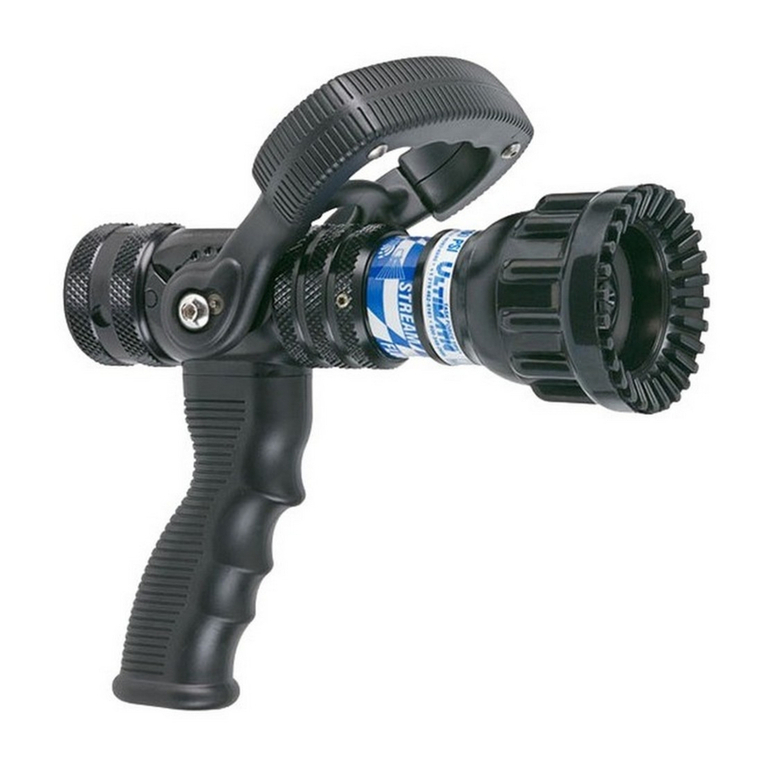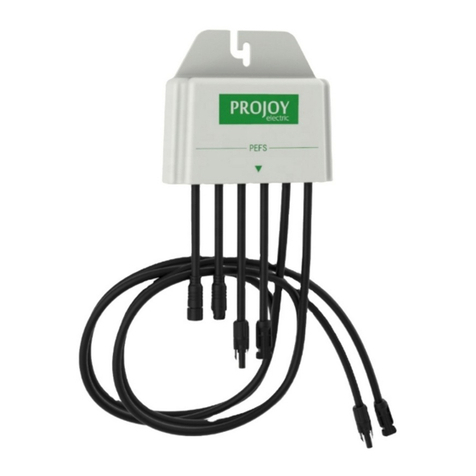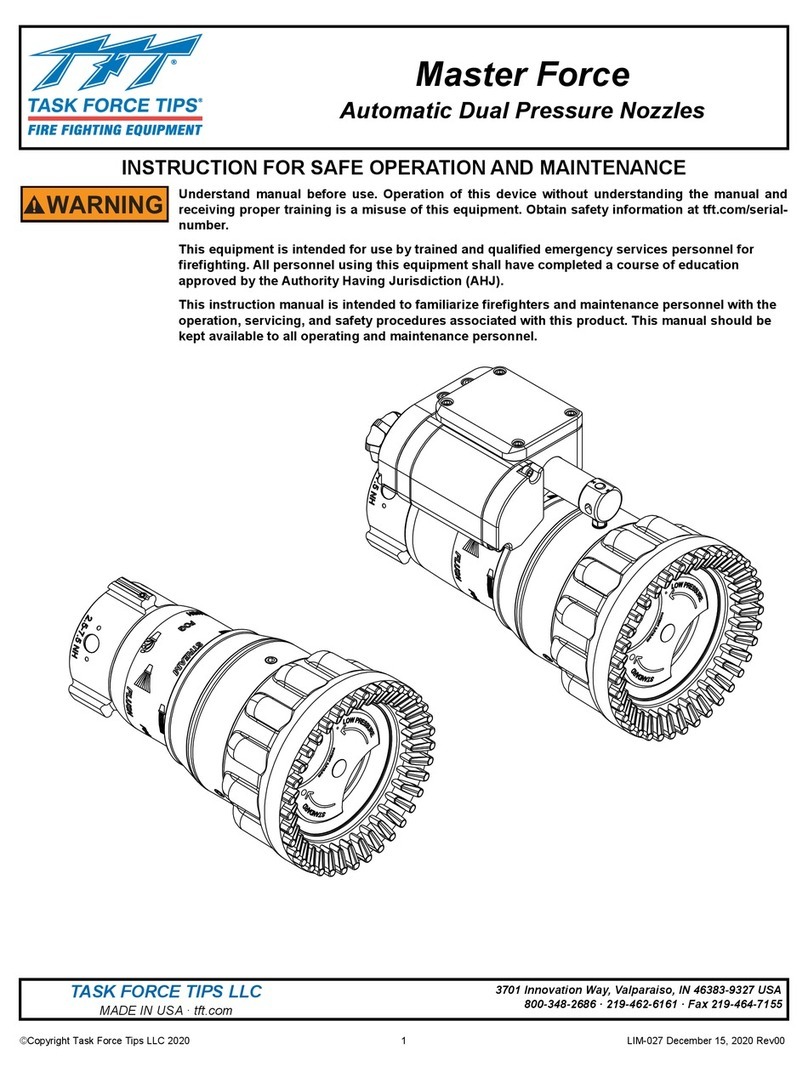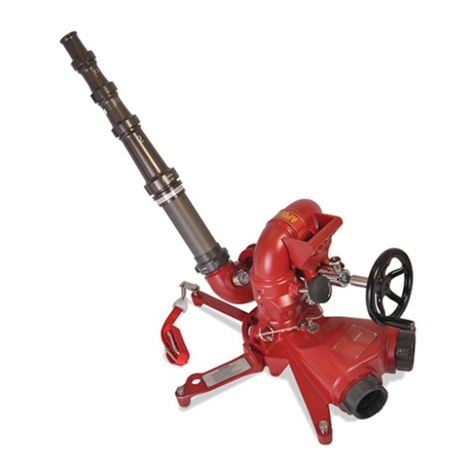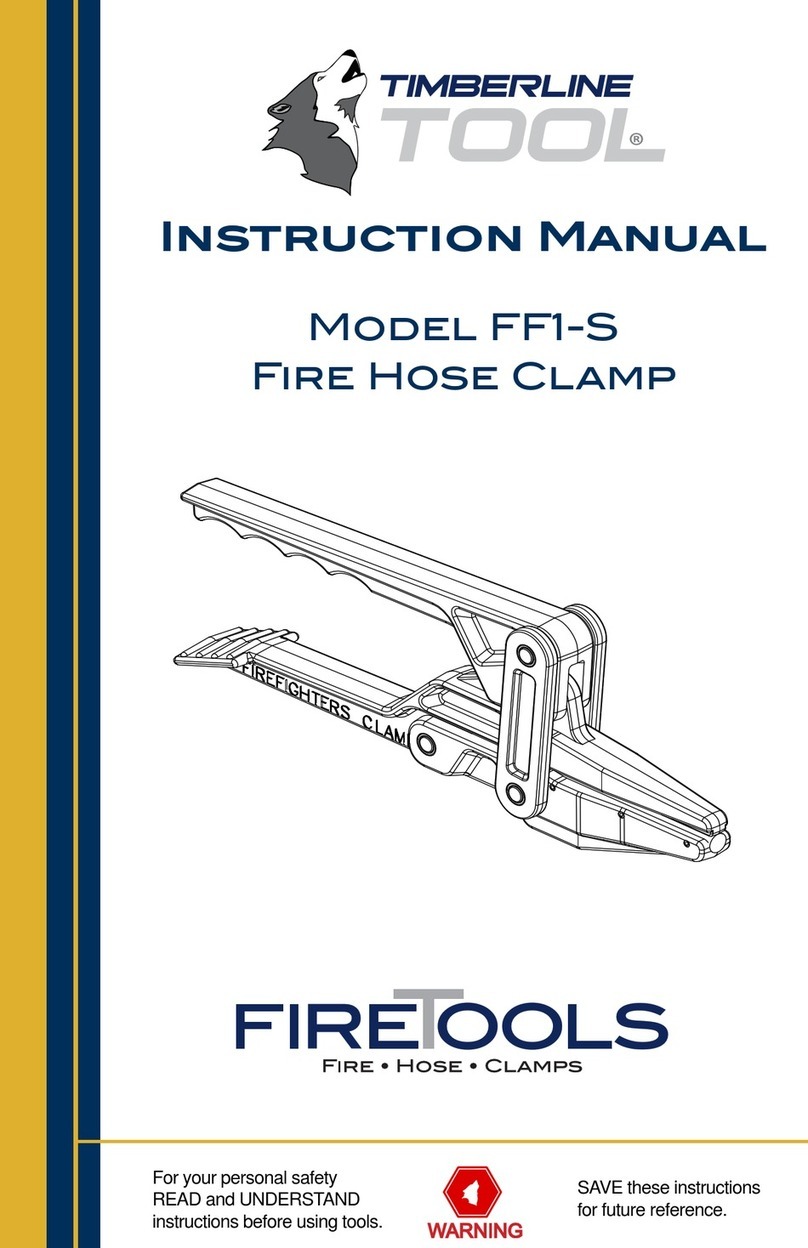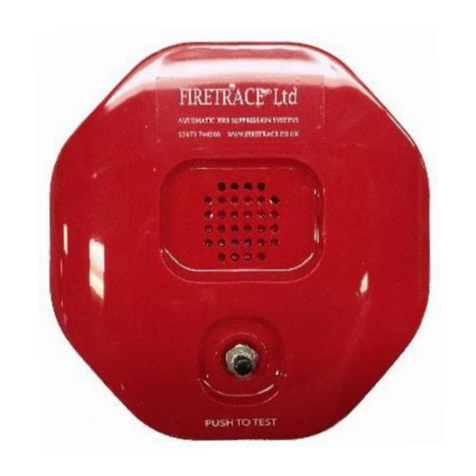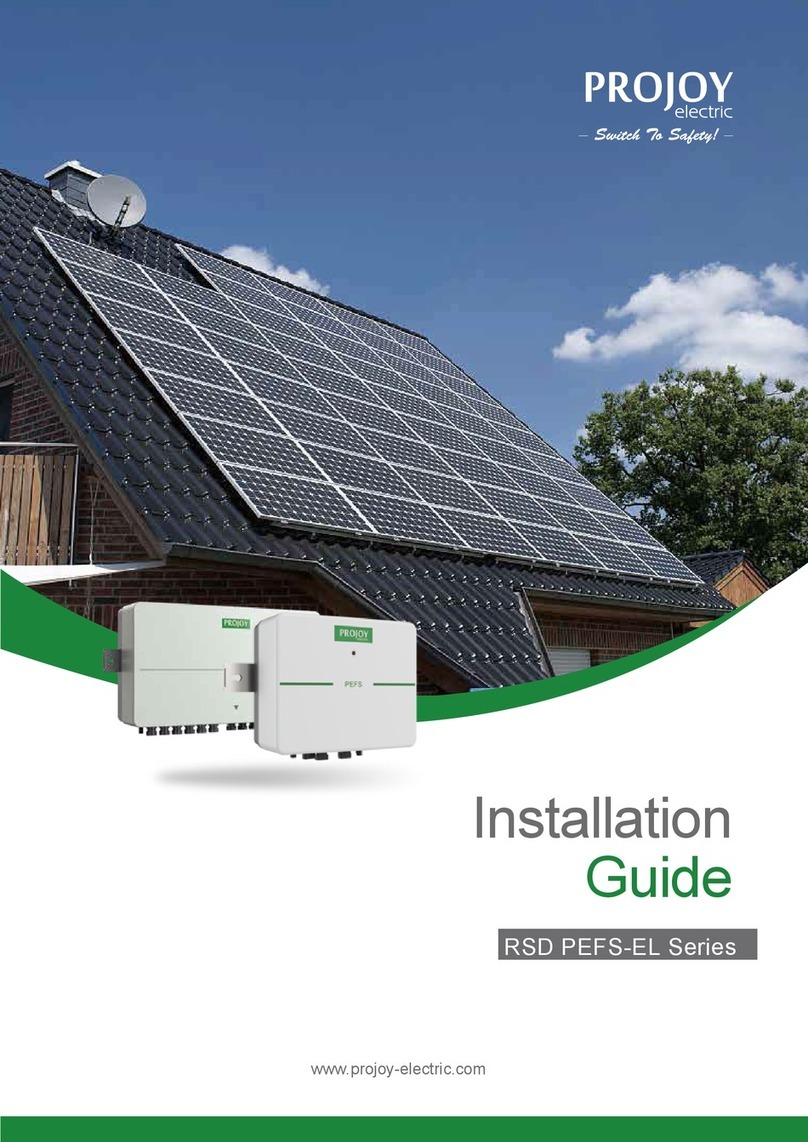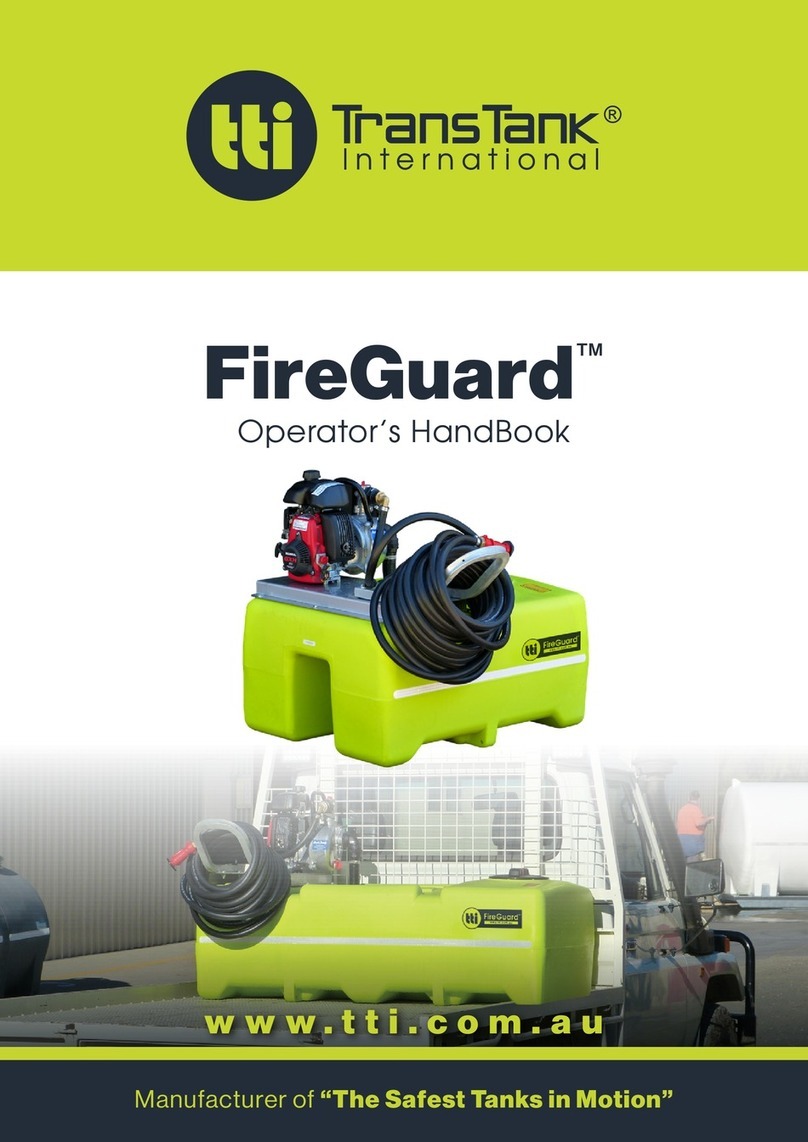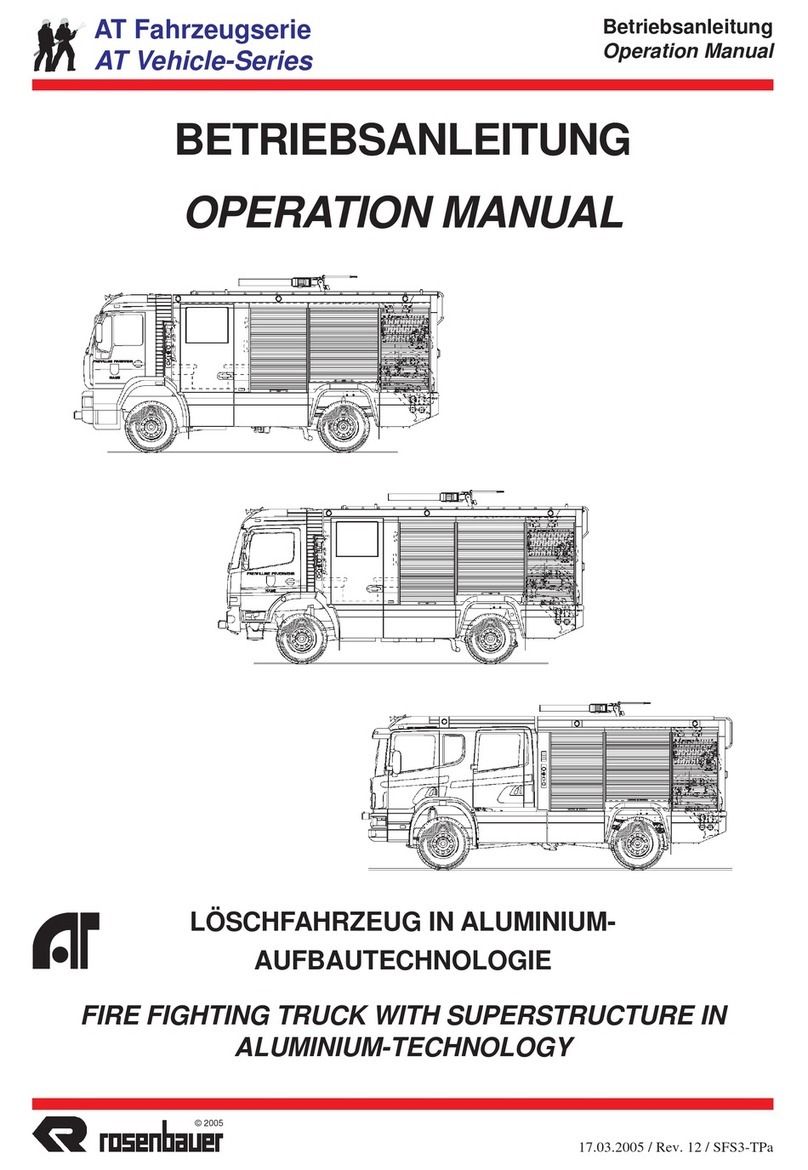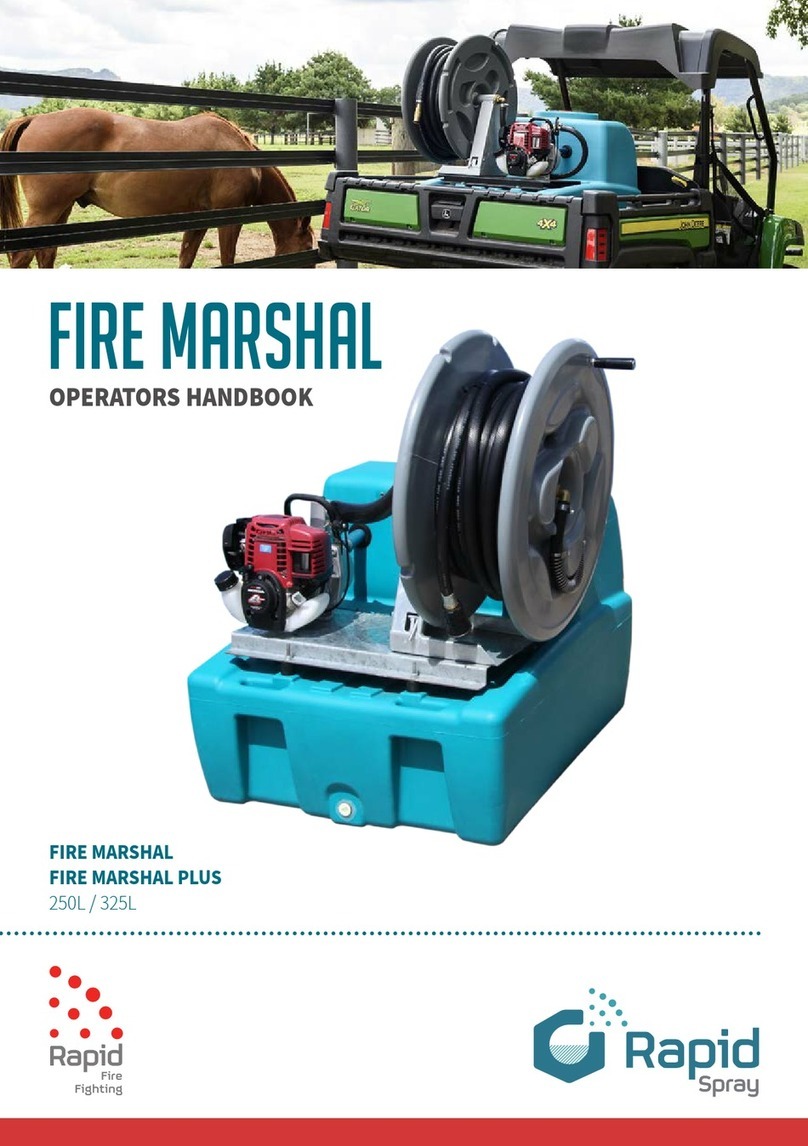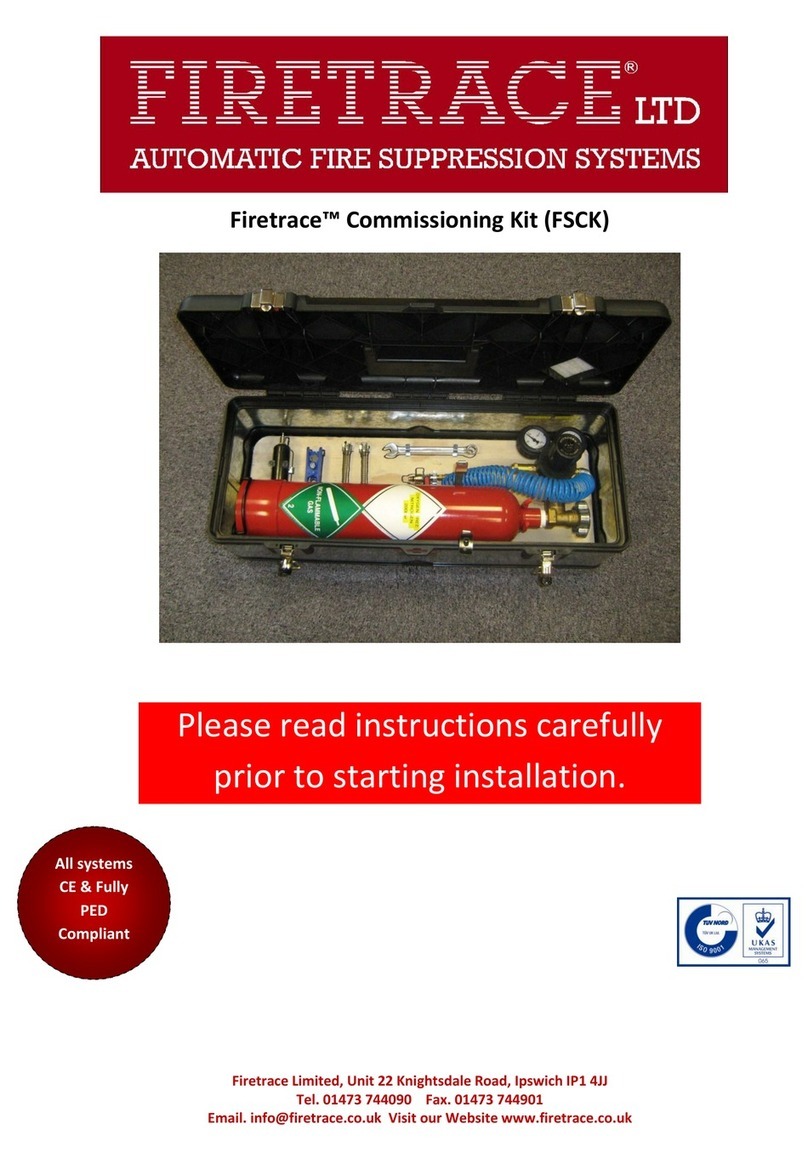
www.tti.com.au
PantherPatrol™
PRODUCT HANDBOOK
Freecall: 1800 816 277
19
Maintenance
Your PantherPatrol Firefighting Trailer requires minimal maintenance but regular cleaning and checks will
ensure safe and reliable service over its lifetime. Periodic checks and inspections will identify any potential
issues, enabling timely rectification and minimising downtime.
Periodic Checks
CAUTION! In dusty, dirty or smoky environments, cleaning, inspection and
servicing of the unit on a regular basis is essential. The cleaning, inspection
and servicing must be undertaken more frequently in harsh conditions to
avoid damage or destruction of equipment.
The following checks and cleaning operations should be undertaken on a regular basis. The frequency of
these activities will depend on the nature of the operating environment and the operational hours of the
PantherPatrol unit. Refer to the maintenance schedule tables below for details of maintenance intervals.
• Clean the unit and inspect it for any signs of damage or wear. Replace any safety labels if they are
damaged or illegible.
• Check all hoses, fasteners and fittings are firmly secured, tighten if necessary.
• Unwind the hose from the reel fully to check that hose is in good order. Pressurise the line and check
operation of spray nozzle. Rewind the hose onto the reel, ensuring it retracts all the way.
• For the petrol or optional diesel engine driven pump, check the engine’s oil level weekly. Top up as
required.
• Check for any signs of fuel or oil leaks. If detected, investigate and rectify immediately.
• Check the condition of the optional diesel or petrol pump engine’s 12 volt battery, replace it or charge it
as necessary.
• Check the condition of the optional electrical brake’s 12 volt battery, replace it or charge it as necessary.
• For the petrol or optional diesel engine driven pump, refer to the supplied pump manual, drain and replace
the engine oil in accordance with the manufacturer’s recommendations.
• If the PantherPatrol is to be stored for an extended period, ensure the tank and all pipelines are empty
and are not pressurised. Store the unit is a clean, dry and well-ventilated area.
Maintenance Schedule
The following tasks are be conducted in accordance with each of the schedules. All scheduled tasks are to
be undertaken concurrently. For example, at the three month maintenance interval, all task listed are to be
undertaken, in addition to the daily, weekly and monthly tasks.
NOTE! Maintenance is important. Keep a record of all maintenance tasks
conducted on the PantherPatrol unit.
TTi recommends photocopying these schedules in order to keep a detailed log of all maintenance tasks. A
copy of these schedules will be required to support any warranty claim.




















